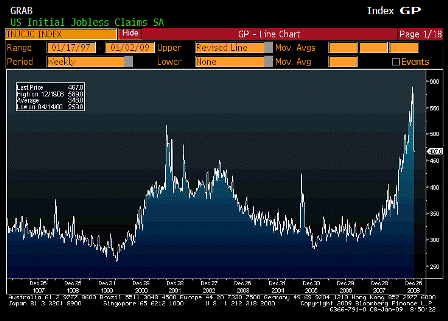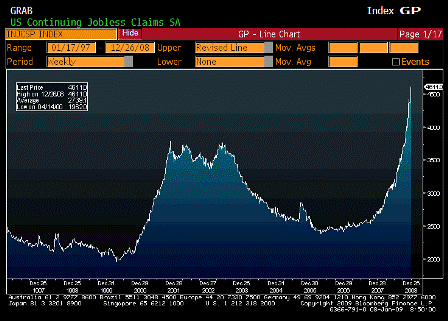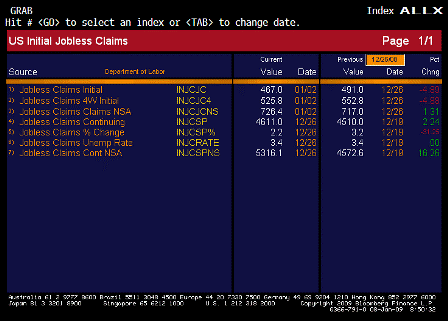[Skip to the end]
(email exchange)
>
> Mauer wrote:
>
> My main worry about the efficacy of the fiscal
> stimulus–aside from the international
> spillovers in case it is not supported by equally
> ambitious fiscal plans elsewhere–is this:
> households that face considerable employment
> uncertainty, and hence about their to future
> income prospects, are unlikely to go on a big
> spending spree. Just as banks are hoarding
> cash, households will try to preserve wealth
> by increasing saving at the margin. This
> reduces the marginal propensity to consume,
> and renders the fiscal boost rather ineffective.
>
> Why not try to deal with the looming
> unemployment problem, and the huge sense of
> risk and uncertainty it creates, more directly?
> What I have in mind is subsidizing employment
> directly by providing employers incentives to
> keep people on the job.
>
I look at it this way- if people want to work and earn/save/not spend their paychecks, the output can be directed to public goods and services (goods and services not re-offered for sale) without ‘inflation’.
This is done via federal deficit spending, which adds exactly that amount to non-government ‘savings.’
Trying to increase output that needs to be bought on the market when the desire to consume isn’t there requires that much more deficit spending to eventually induce more spending.
This can/does work, and with government solvency not an issue, it’s a viable political option.
However, seems public purpose is better served via deficit spending, producing public goods and services when the desire for private goods and services is suppressed?
For a narrow example to make the point, why try to induce more car production and employment building cars and marketing cars when the demand isn’t there due to desires to save rather than spend? Instead employ people to fix the roads and bridges until demand for vehicles picks up?
That said, my best guess is that given more income, spending will go up substantially and in short order, due to delayed purchases due to lack of income.
Warren
[top]





